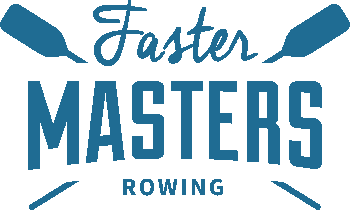Speed murdering mistakes #1
We start a mini series on things which kill boat speed. And how to fix them. Part One: Dragging oars along the water surface
Resource Pontoon Floats are a cheap aide to building confident bladework – discount coupon lower down this page.
3 Value Bombs
- Watch a crew – are blades parallel, is the space between athletes’ heads moving at the same time
- Gain boat speed by learning how to move with the boat hull on the recovery.
- Knowing what you will do if you have a lurch/wobble gives you confidence
Timestamps
00:30 We love boat speed, the feel of the boat moving well. Technical aspects which coaches see over and over and are fixable.
02:30 Dragging oars along the water surface.
Why do people do this? Is this using the water as a balancing aide. Dragging the oars creates friction and slows the boat down.
03:50 Losing boat feel is a consequence of oar drag. The boat pitches fore and aft in the water as we row. The trim is not constant. Moving with the boat on the recovery, you can feel the boat surge as the bows lift out of the water.
Skilled rowers go a lot faster because they adapt and adjust body movements to align with how the boat is moving. When blades drag on the water it’s harder to feel the surge.
06:30 The causes
Confidence, Tension, Fear of the unknown.
Fear – if you worry that the boat becomes more tippy because your oars are high above the water, here’s the cure. Pontoon floats give stability and help to build confidence.
Buy Pontoon Floats here Your ability to recovery from a wobbly stroke is part of the cure for blades dragging. Get a discount using coupon FASTERMASTERSRO
Watch the Square Blades Challenge – 3 lessons to advance your skill.
08:30 if you’re skilled enough to go in a single scull – when your oars are out of the water – once your arms are straight, your oars are perpendicular to the side of the boat – this is the point of maximum stability, sometimes called the safe position.
What could happen during the recovery and where do your lurches happen? If your oars are feathered, the maximum tip/lurch is until one oar touches the water surface. This is like a stabilising pontoon float. You won’t flip or capsize. If your blades are square when you get a lurch – just take that stroke immediately. Never mind how far up the slide you are. Then get the finish stable and focus on the next recovery.
11:00 Know what the worst that can happen is and know that you have a solution.
12:00 For wobbles at the finish, ensure you keep elbows high and finish in the correct hand position. Get weight in the hand too. Use double bounce exercise, the stationary stability drill, pause drills to practice this.
13:00 Get the sequence correct off the finish
Do your handles stay at the same height after feathering as they were in the drive phase? If you flex your wrists to feather you may not be pushing the handle down. Get some video to find out what you do. How to progressively gain confidence keeping the oars off the water surface on the recovery.
Summary of the cures for blades dragging on the water surface
- Weight in the hand ensures the extraction lifts the spoons above the water surface
- Finish sequence helps create stability
- Get good blade height above the water so if the boat set is variable, you still don’t touch the surface.
Watch the full Speed Murdering Mistakes mini-series
Want easy live streams like this? Instant broadcasts to Facebook, YouTube, LinkedIn. Faster Masters uses
StreamYard: https://streamyard.com/pal/d/5694205242376192


